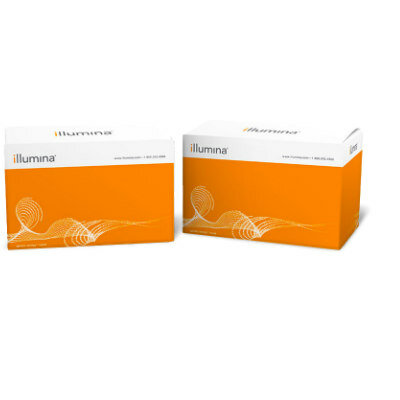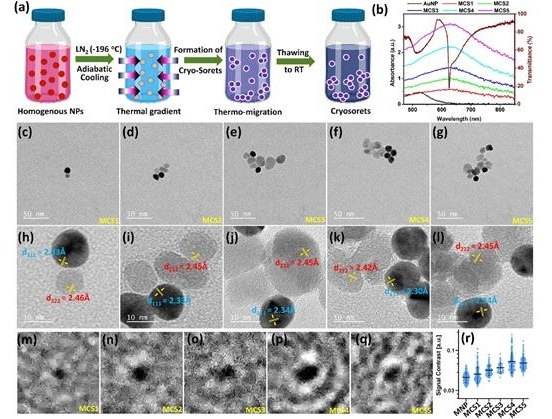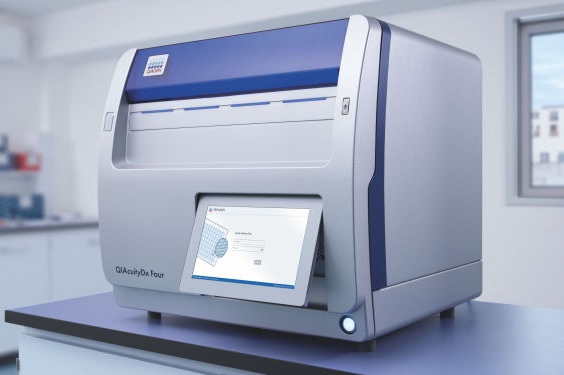Bacterial Infection Identified as Cause of Overactive Bladder Syndrome
|
By LabMedica International staff writers Posted on 28 Jul 2016 |
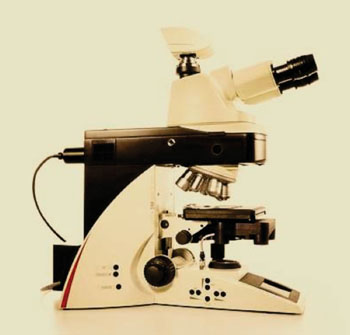
Image: The DM4000 B automated LED microscope system (Photo courtesy of Leica Microsystems).
Overactive Bladder (OAB) is currently characterized by symptoms of urgency, with or without urgency incontinence, with increased frequency, and nocturia, and in some cases pain, in the absence of urinary tract infection (UTI) or other defined underlying pathology.
The exclusion of infection is determined by failure to isolate more than 105 colony forming units (CFU)/mL of a single species of bacteria from culture of a midstream urine (MSU) specimen and negative leukocyte esterase and/or nitrate urinalysis by dipstick.
Scientists at the University of Kent (Chatham, UK) obtained bladder biopsies from local hospitals, and a catheter specimen of urine (CSU) was obtained from female patients and a MSU from male patients and non-OAB controls. All urine samples obtained were sent for conventional urinalysis and bacteria culture at the time of collection, if a UTI was subsequently identified the sample was retrospectively removed from the study.
The bladder biopsies were sectioned and stained and the morphological characteristics of the tissue evaluated. A DM4000B upright light microscope (Leica, Wetlar, Germany) was used to image the sections. A Luciferin Luciferase Adenosine triphosphate (ATP) Bioluminiscence Assay Kit was used to quantify ATP release from intact, live, bladder urothelium. ATP-evoked luminescence was quantified using a Synergy 2 luminometer (BioTek, Winooski, USA). The scientists also performed biopsy vesicle staining, biopsy ribonucleic acid (RNA) extraction and polymerase chain reactions, urine sediment immunofluorescence and urine nucleotide and nucleoside quantification.
The team found that some OAB patients had a low-grade inflammation, which is missed by conventional tests. This low-grade inflammation may ultimately result in increased sensory nerve excitation and the symptoms of OAB. They also found that in these patients the low-grade inflammation is associated with bacteria living inside the bladder wall. This was an observational study which means that no conclusions can be drawn about cause and effect. However, the findings may prompt the clinical re-classification of OAB and inform future therapeutic strategies. These might include protracted treatment with antibiotics to alleviate the symptoms of OAB in some individuals. The study was published on June 29, 2016, in the American Journal of Physiology.
Related Links:
University of Kent
Leica
BioTek
The exclusion of infection is determined by failure to isolate more than 105 colony forming units (CFU)/mL of a single species of bacteria from culture of a midstream urine (MSU) specimen and negative leukocyte esterase and/or nitrate urinalysis by dipstick.
Scientists at the University of Kent (Chatham, UK) obtained bladder biopsies from local hospitals, and a catheter specimen of urine (CSU) was obtained from female patients and a MSU from male patients and non-OAB controls. All urine samples obtained were sent for conventional urinalysis and bacteria culture at the time of collection, if a UTI was subsequently identified the sample was retrospectively removed from the study.
The bladder biopsies were sectioned and stained and the morphological characteristics of the tissue evaluated. A DM4000B upright light microscope (Leica, Wetlar, Germany) was used to image the sections. A Luciferin Luciferase Adenosine triphosphate (ATP) Bioluminiscence Assay Kit was used to quantify ATP release from intact, live, bladder urothelium. ATP-evoked luminescence was quantified using a Synergy 2 luminometer (BioTek, Winooski, USA). The scientists also performed biopsy vesicle staining, biopsy ribonucleic acid (RNA) extraction and polymerase chain reactions, urine sediment immunofluorescence and urine nucleotide and nucleoside quantification.
The team found that some OAB patients had a low-grade inflammation, which is missed by conventional tests. This low-grade inflammation may ultimately result in increased sensory nerve excitation and the symptoms of OAB. They also found that in these patients the low-grade inflammation is associated with bacteria living inside the bladder wall. This was an observational study which means that no conclusions can be drawn about cause and effect. However, the findings may prompt the clinical re-classification of OAB and inform future therapeutic strategies. These might include protracted treatment with antibiotics to alleviate the symptoms of OAB in some individuals. The study was published on June 29, 2016, in the American Journal of Physiology.
Related Links:
University of Kent
Leica
BioTek
Latest Pathology News
- AI Performs Virtual Tissue Staining at Super-Resolution
- AI-Driven Preliminary Testing for Pancreatic Cancer Enhances Prognosis
- Cancer Chip Accurately Predicts Patient-Specific Chemotherapy Response
- Clinical AI Solution for Automatic Breast Cancer Grading Improves Diagnostic Accuracy
- Saliva-Based Testing to Enable Early Detection of Cancer, Heart Disease or Parkinson’s
- Advances in Monkeypox Virus Diagnostics to Improve Management of Future Outbreaks
- Nanoneedle-Studded Patch Could Eliminate Painful and Invasive Biopsies
- AI Cancer Classification Tool to Drive Targeted Treatments
- AI-Powered Imaging Enables Faster Lung Disease Treatment
- New Laboratory Method Speeds Diagnosis of Rare Genetic Disease
- New Technology Autonomously Detects AI Hallucinations in Digital Pathology
- Novel Algorithm Rapidly Identifies Cell Types to Improve Cancer Diagnosis
- AI Method Speeds Up Cancer Tracking Using Blood Tests
- New AI Tool Improves Blood Cancer Diagnosis
- Novel Platform Technology Predicts Diseases by Early Detection of Aging Signals in Liver Tissue
- AI Model Detects More Than 170 Cancer Types
Channels
Clinical Chemistry
view channel
New Clinical Chemistry Analyzer Designed to Meet Growing Demands of Modern Labs
A new clinical chemistry analyzer is designed to provide outstanding performance and maximum efficiency, without compromising affordability, to meet the growing demands of modern laboratories.... Read more
New Reference Measurement Procedure Standardizes Nucleic Acid Amplification Test Results
Nucleic acid amplification tests (NAATs) play a key role in diagnosing a wide range of infectious diseases. These tests are generally known for their high sensitivity and specificity, and they can be developed... Read moreMolecular Diagnostics
view channel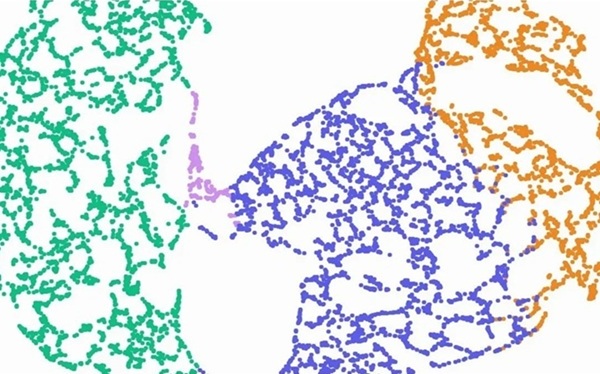
RNA-Seq Based Diagnostic Test Enhances Diagnostic Accuracy of Pediatric Leukemia
A new unique test is set to reshape the way Acute Lymphoblastic Leukemia (BCP-ALL) samples can be analyzed. Qlucore (Lund, Sweden) has launched the first CE-marked RNA-seq based diagnostic test for pediatric... Read more
New Technique for Measuring Acidic Glycan in Blood Simplifies Schizophrenia Diagnosis
Polysialic acid is a unique acidic glycan predominantly found in brain regions associated with memory and emotion, but it is also present in the bloodstream. Research has shown that blood levels of polysialic... Read moreHematology
view channel
Disposable Cartridge-Based Test Delivers Rapid and Accurate CBC Results
Complete Blood Count (CBC) is one of the most commonly ordered lab tests, crucial for diagnosing diseases, monitoring therapies, and conducting routine health screenings. However, more than 90% of physician... Read more
First Point-of-Care Heparin Monitoring Test Provides Results in Under 15 Minutes
Heparin dosing requires careful management to avoid both bleeding and clotting complications. In high-risk situations like extracorporeal membrane oxygenation (ECMO), mortality rates can reach about 50%,... Read moreImmunology
view channel
Blood Test Detects Organ Rejection in Heart Transplant Patients
Following a heart transplant, patients are required to undergo surgical biopsies so that physicians can assess the possibility of organ rejection. Rejection happens when the recipient’s immune system identifies... Read more
Liquid Biopsy Approach to Transform Diagnosis, Monitoring and Treatment of Lung Cancer
Lung cancer continues to be a major contributor to cancer-related deaths globally, with its biological complexity and diverse regulatory processes making diagnosis and treatment particularly difficult.... Read more
Computational Tool Exposes Hidden Cancer DNA Changes Influencing Treatment Resistance
Structural changes in tumor DNA are among the most damaging genetic alterations in cancer, yet they often go undetected, particularly when tissue samples are degraded or of low quality. These hidden genomic... Read moreMicrobiology
view channel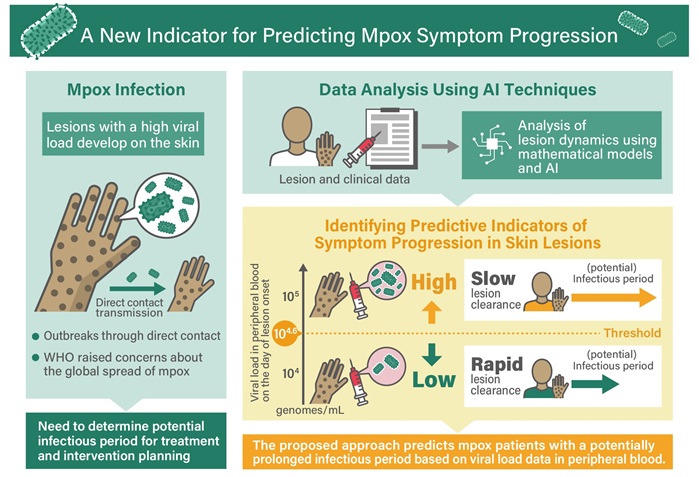
Viral Load Tests Can Help Predict Mpox Severity
Mpox is a viral infection that causes flu-like symptoms and a characteristic rash, which evolves significantly over time and varies between patients. The disease spreads mainly through direct contact with... Read more
Gut Microbiota Analysis Enables Early and Non-Invasive Detection of Gestational Diabetes
Gestational diabetes mellitus is a common metabolic disorder marked by abnormal glucose metabolism during pregnancy, typically emerging in the mid to late stages. It significantly heightens the risk of... Read moreTechnology
view channel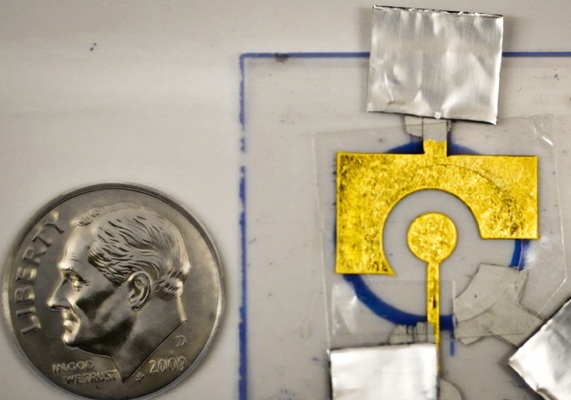
Inexpensive DNA Coated Electrode Paves Way for Disposable Diagnostics
Many people around the world still lack access to affordable, easy-to-use diagnostics for diseases like cancer, HIV, and influenza. Conventional sensors, while accurate, often rely on expensive equipment... Read more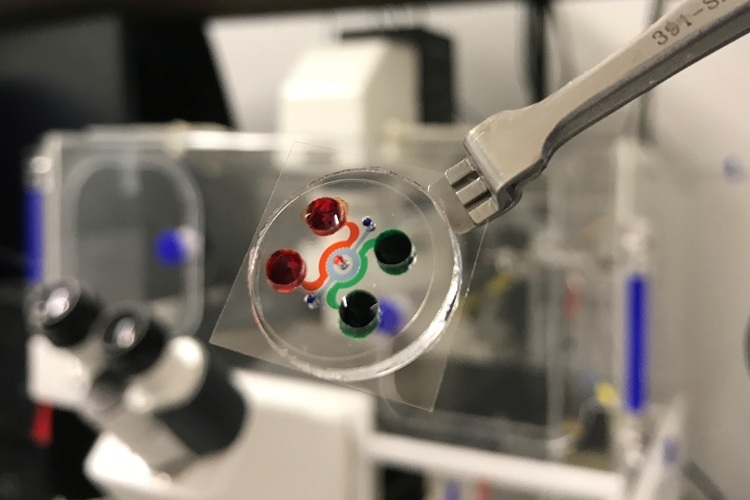
New Miniature Device to Transform Testing of Blood Cancer Treatments
Chimeric antigen receptor (CAR) T cell therapy has emerged as a groundbreaking treatment for blood cancers like leukemia, offering hope to patients when other treatments fail. However, despite its promise,... Read moreIndustry
view channel
Lunit and Microsoft Collaborate to Advance AI-Driven Cancer Diagnosis
Lunit (Seoul, South Korea) and Microsoft (Redmond, WA, USA) have entered into a collaboration to accelerate the delivery of artificial intelligence (AI)-powered healthcare solutions. In conjunction with... Read more







